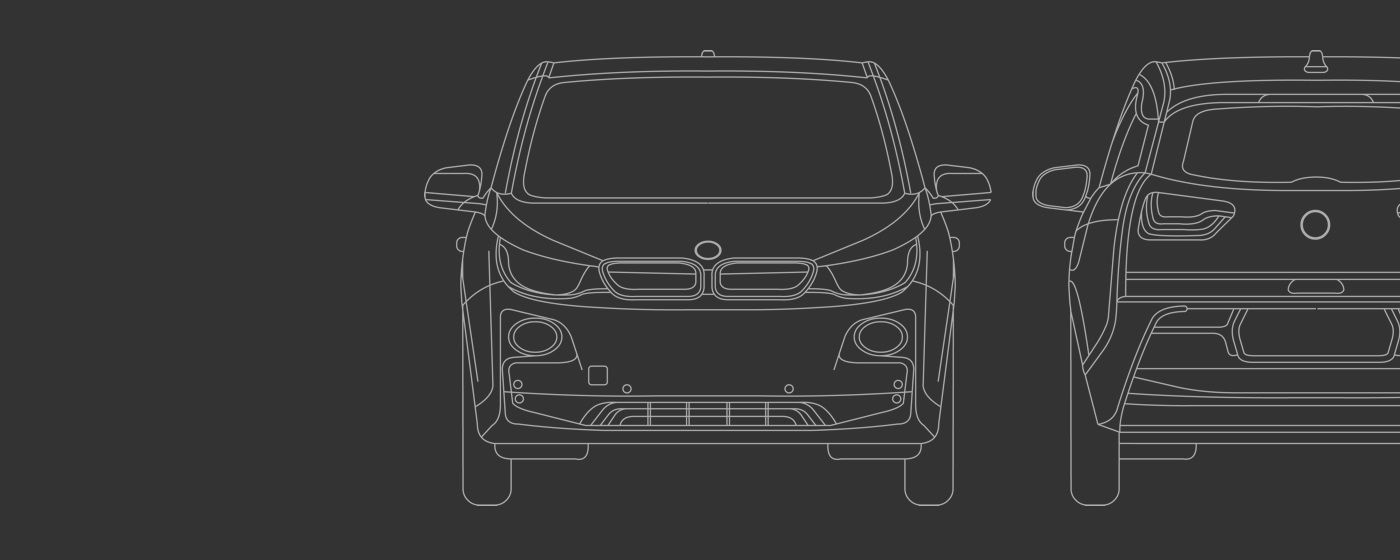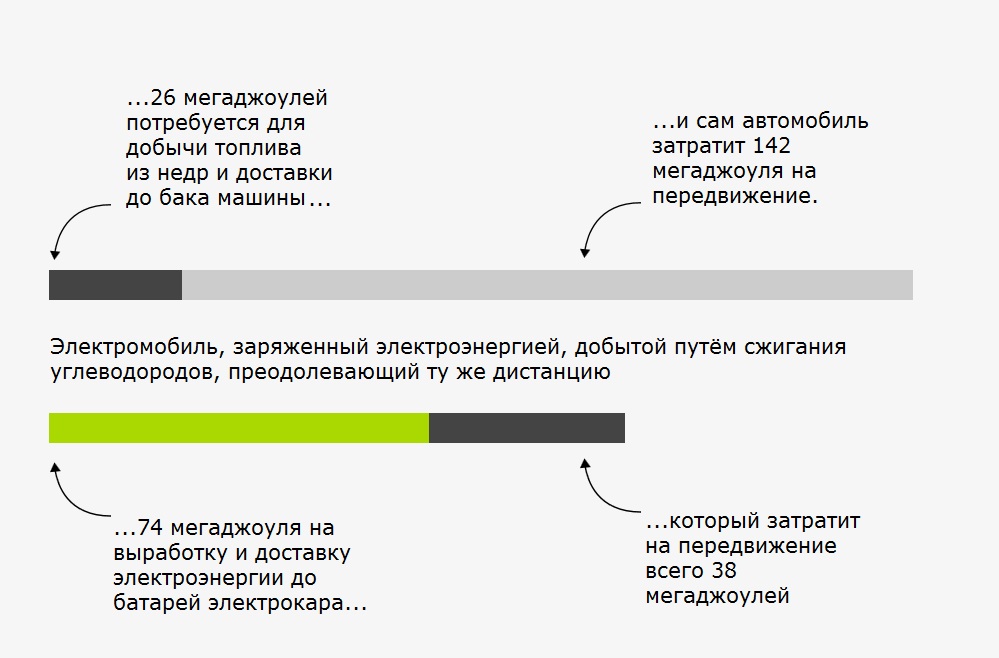Hi,
Hiktames Habr! I propose to read the translation of the article The Guardian entitled
"How green are electric cars?"
Norway, the
world leader in the transition to electric vehicles, can boast of environmental friendliness of these machines because the energy for them is produced
exclusively at hydroelectric power plants . But how eco-friendly will a car with an electric motor be if the electric power for charging it will be generated by burning hydrocarbons?
Through
multiple studies, it was confirmed that the energy efficiency of electric vehicles is higher, therefore they emit less
greenhouse gases and
other pollutants than cars with internal combustion engines (ICE).
European studies , based on the expected level of production for 2020, suggest that an electric vehicle that uses exclusively the energy that was produced from the combustion of hydrocarbons needs 2/3 of the fuel used by a similar car with ICE to overcome the same distance
For every 100 kilometers covered by a gasoline car ...

Despite the fact that the energy for the movement of both cars is produced by burning the same fuel, the electric car uses much less. And despite the fact that in both cases the burning of fossil fuels entails emissions of greenhouse gases and other pollutants, it is better when these emissions occur at a power plant outside the city, rather than directly on the road in front of the school or apartment building.
There are many types of electric cars.
The transition from a car with an internal combustion engine to an electric car is not a leap, but a multitude of steps, each of which is the degree and nature of the use of gasoline and electric power plants, where energy is taken from and how it is stored.
Auto with ICE. The classic scheme in which the engine burns fuel and drives the wheels directly. The braking energy is dissipated into the atmosphere as heat.
Hybrid . The braking energy is stored in the batteries during
regenerative braking , the batteries are also charged from the engine in certain driving modes. The energy stored in the batteries is used for driving at low speeds, mainly in city conditions. Hybrid cars consume energy more efficiently, despite the inability to charge from the network.
Plug-in hybrid . The main source of energy is still the internal combustion engine, however, it is possible to charge the battery from the mains. The effectiveness of this solution takes the gap between the car with the engine and a full-fledged electric car, but the maximum mileage is the same as the classic car. The amount of damage to the environment depends on how electricity was generated, which is charged by the battery.
Electric car with increased power reserve . Some models of electric vehicles are equipped with an internal combustion engine, which is designed exclusively for charging the main battery of the car in the event that the battery is far from the charging station. The environmental friendliness of such cars depends on the environmental friendliness of the source of electrical energy with which the battery is charged.
Electric car. Energy is stored in the batteries from the network and with regenerative braking, the car is driven only by an electric motor. Environmental friendliness is completely dependent on the energy source with which the battery is charged.


What energy sources do I use?
In practice, how electricity is produced depends on the country in which you live. Owners of electric cars in Norway are charged mainly with electric power from hydroelectric power plants (according to the European classification, they refer to wind energy), in France - from nuclear energy, in Germany and the UK - mainly from
fossil energy and energy from
renewable sources (which means "mixed sources") . In the United States, sources of electricity vary by state: in California, renewable sources are widely used, closer to the north of the country, fossil resources are used, including coal.

But what about the impact on the ecology of the process of manufacturing and assembling a car?
The Ricardo report found that, when producing a single car, an average of 5.6 tons of
CO2 emissions is released into the atmosphere, while for an electric car this figure is on average 8.8 tons, almost half of which is caused by the battery production process. Despite this, the same report says that the total emissions of CO2 equivalent in the manufacture and operation of an electric vehicle over the entire lifetime of its batteries will be about 80% of emissions from a car with internal combustion engines only during its operation, excluding manufacturing. At the same time, the recently published analysis of the Financial Times
calls into question the environmental friendliness of electric cars, especially cargo models .
Sources
Basic information is taken from a European
study of the effectiveness of different types of fuel and power plants in a European context . CO2 emissions are taken from the Ricardo report for the
Low Carbon Vehicle Partnership .